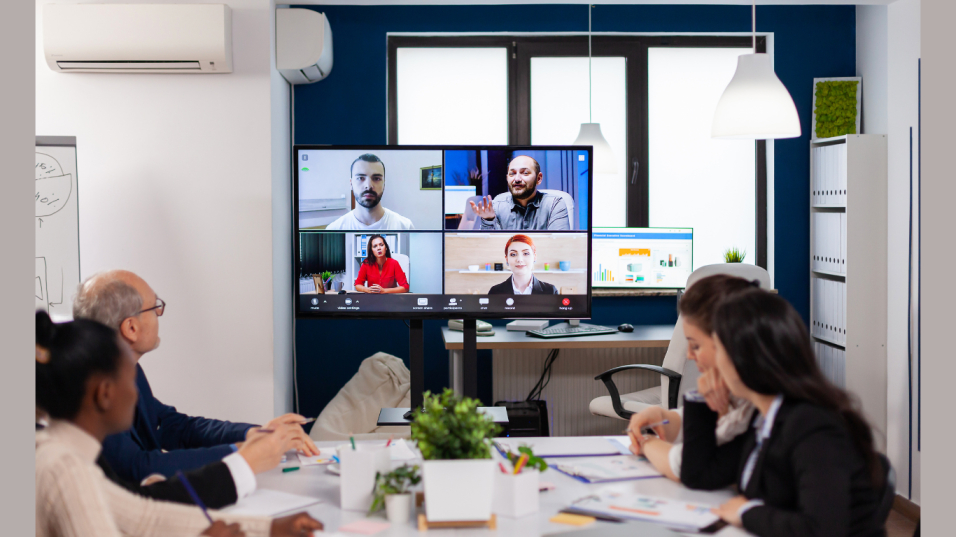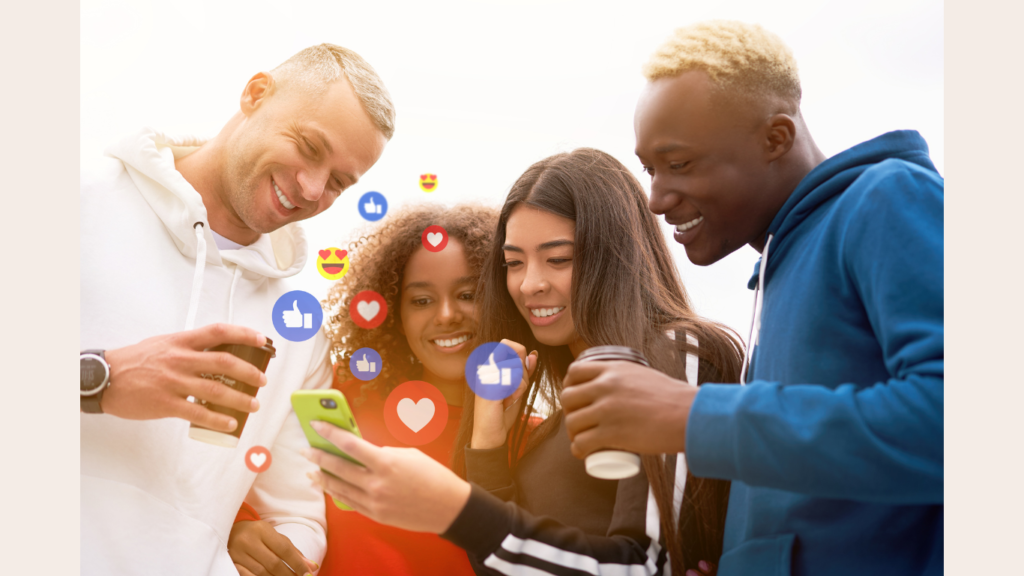Hybrid event marketing is a strategy that seamlessly integrates both live and virtual experiences, and it’s gaining a lot of ground with modern businesses. This innovative approach to events and marketing not only acknowledges the diverse preferences of audiences but also taps into the limitless potential of technology to connect with a global clientele. By transcending geographical constraints, hybrid event marketing allows businesses to create immersive and inclusive experiences that cater to both physical and virtual participants.
Are you perhaps considering such an approach for your next event? Here are some of the ways in which you can combine exceptional in-person and digital experiences for your customers and attendees.
Live Streaming and Virtual Attendance
These days, it’s not out of the ordinary for businesses of all sizes to seamlessly integrate live streaming with real-time events. Platforms like Zoom and Microsoft Teams make it easy to host and broadcast live sessions, presentations, and interactive segments to a global audience.
For example, a company hosting a product launch event can set up multiple cameras to capture live demonstrations and presentations, allowing virtual attendees to participate in the program in real time. This strategy not only extends the reach of the event but also fosters inclusivity by ensuring that both physical and remote audiences can engage with the content simultaneously.

Interactive Virtual Exhibits
Transforming traditional physical exhibits into interactive virtual experiences adds a dynamic layer to hybrid marketing campaigns. Employing technologies like virtual reality (VR) or augmented reality (AR), for example, allows individuals and organizations alike to create immersive virtual exhibits that are accessible to both in-person and virtual participants.
A trade show is a type of event that can have a virtual version of its exhibit hall. This allows online attendees to explore booths, view product demonstrations, and interact with digital representations of physical products. It’s also an option for in-person attendees to get event bracelets with a QR code that will enable them to revisit the digital version of the trade show anytime they want. This strategy is a smart way to enhance engagement. At the same time, it ensures that the benefits of attending a physical exhibit are extended to a broader, digital audience.

Hybrid Networking Opportunities
The success of hybrid event marketing campaigns is often measured against the fusion of in-person and virtual networking opportunities it offers. To meet this metric, businesses often utilize platforms like LinkedIn, event apps, or dedicated virtual networking lounges that facilitate connections between physical and remote participants. A business conference can integrate features that enable attendees to schedule virtual meetings, exchange contact information, and engage in discussions. This ascertains that networking remains an inclusive and effective aspect of the overall event experience.

Simultaneous Workshops and Webinars
Simultaneous workshops and webinars bridge the gap between physical and virtual participants by giving attendees the choice of how to engage with the event. Businesses offer their customers the same options by organizing training sessions or webinars that occur in real-time and permit the participation of online audiences.
Think of a company hosting a workshop on industry trends. The business can set up physical spaces for attendees at a conference venue while simultaneously providing a virtual platform for remote participants to join the session. Adopting such an approach enables the event host to cater to diverse preferences while maximizing the impact of educational content across different audiences.
Integrated Content Distribution
A seamless and cohesive content distribution strategy is pivotal for businesses that are aiming to host a hybrid event. By ensuring that event materials, presentations, and resources are accessible on site and through digital platforms, the event host can cater to the needs of both physical and virtual attendees. This can be accomplished by maintaining a dedicated event website or app where attendees, whether on-site or remote, can access presentation slides, whitepapers, and supplementary materials. Such a resource guarantees that all participants have equal access to valuable content across both realms.

Hybrid Sponsorship Opportunities
Even sponsorship opportunities can seamlessly extend to both physical and virtual spaces. Hosts and organizers can use physical banners, signage, and promotional materials at the event venue. Concurrently, they can also provide virtual sponsors with visibility on the event website, virtual booths, and digital marketing materials.
A common example of this can be seen in sports events. In these events, it’s typical to see physical banners in the stadium that feature on-site sponsors. Virtual sponsors, meanwhile, gain exposure through the event’s live stream and virtual ad spaces.
Real-time Engagement Tools
Facilitating real-time engagement is a key strategy to connect with both in-person and virtual audiences during hybrid events. Incorporating features like live polls, chat functionalities, and social media integration allows participants to interact with the program, irrespective of their physical location. This dynamic interaction enhances the overall event experience and creates a sense of community among on-site and virtual participants.

Post-Event Content Accessibility
After the event, organizers should ensure that content remains accessible to physical and virtual attendees. Providing recorded sessions, presentation materials, and additional resources to participants after the event concludes extends the longevity and relevance of the content. This approach also allows participants to revisit valuable insights, catch up on missed sessions, and continue engaging with the event’s content beyond the live experience. In turn, this presents the event organizers with opportunities to reinforce the overall success of the hybrid event marketing.

Businesses that adeptly combine in-person and virtual experiences will be able to find themselves positioned at the forefront of innovation. This is because their commitment to offering exceptional in-person and virtual experiences allows their brand to resonate with diverse audiences and stay ahead in the competitive landscape. By properly implementing hybrid event marketing strategies, enterprises and event organizers can forge deeper connections, maximize brand exposure, and ultimately achieve their marketing objectives.
Article received on email.






